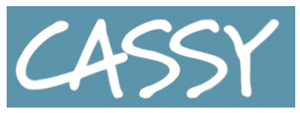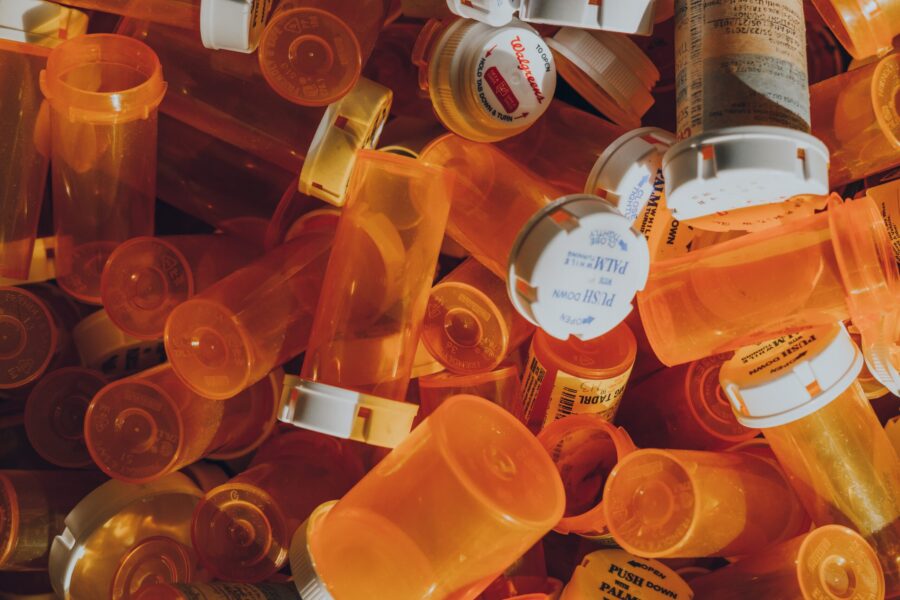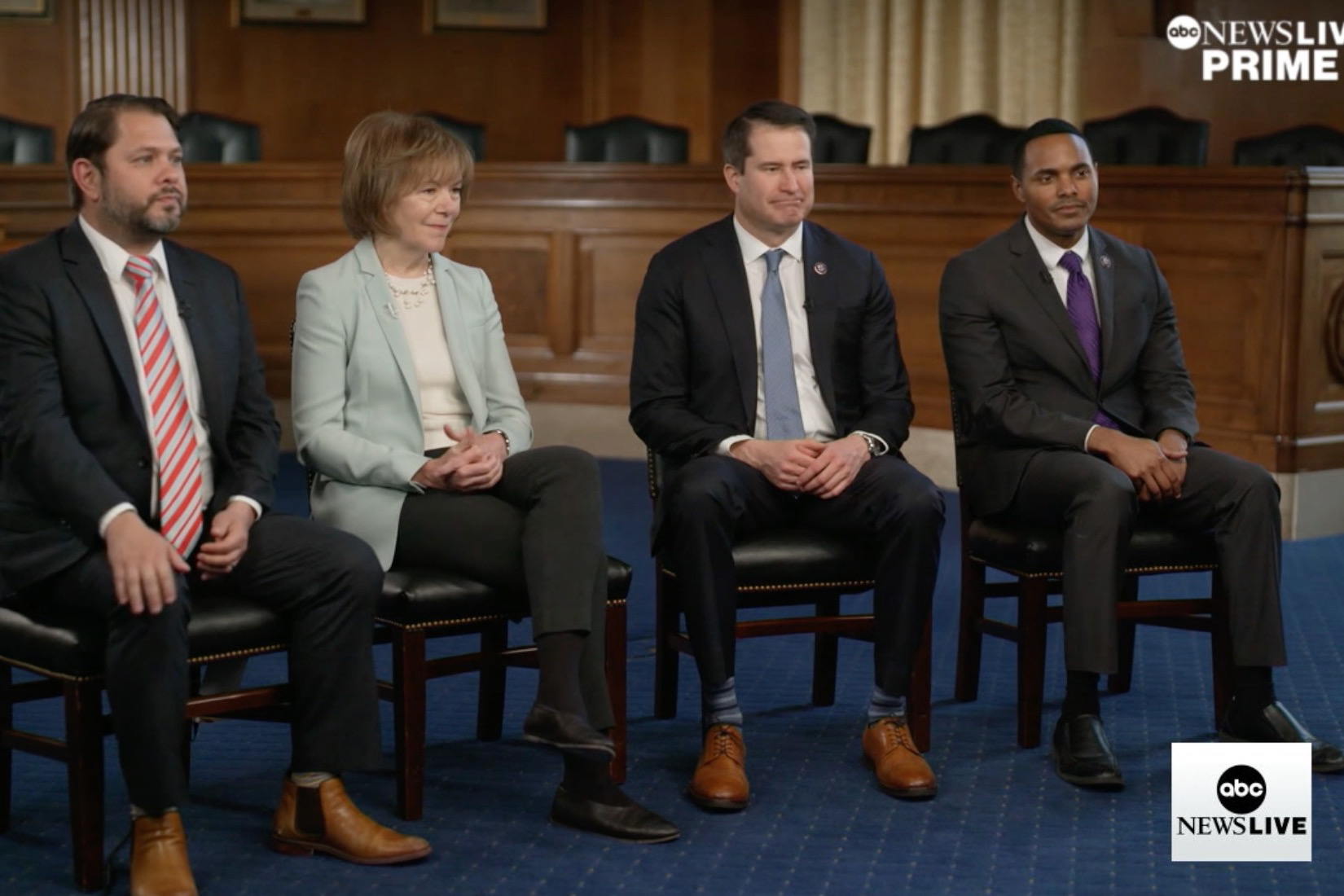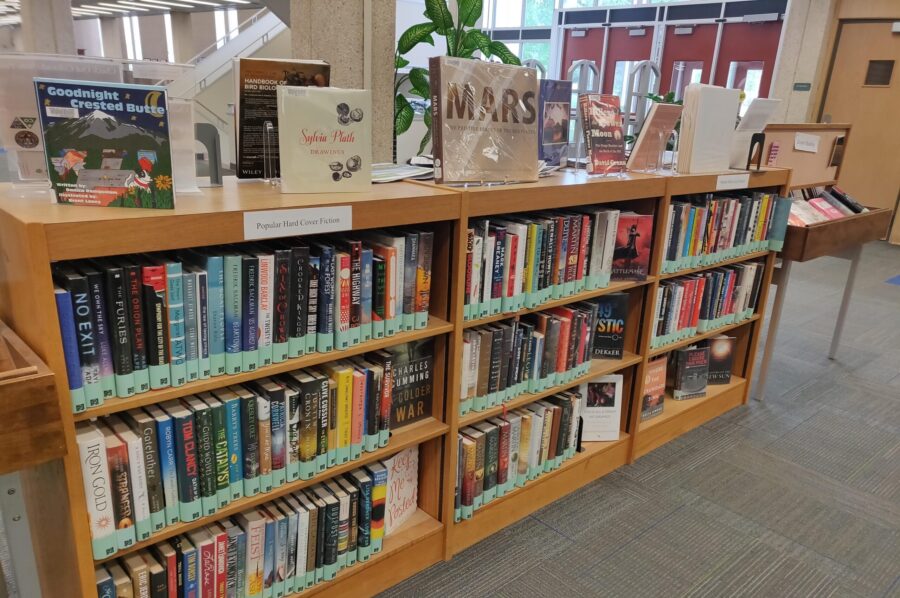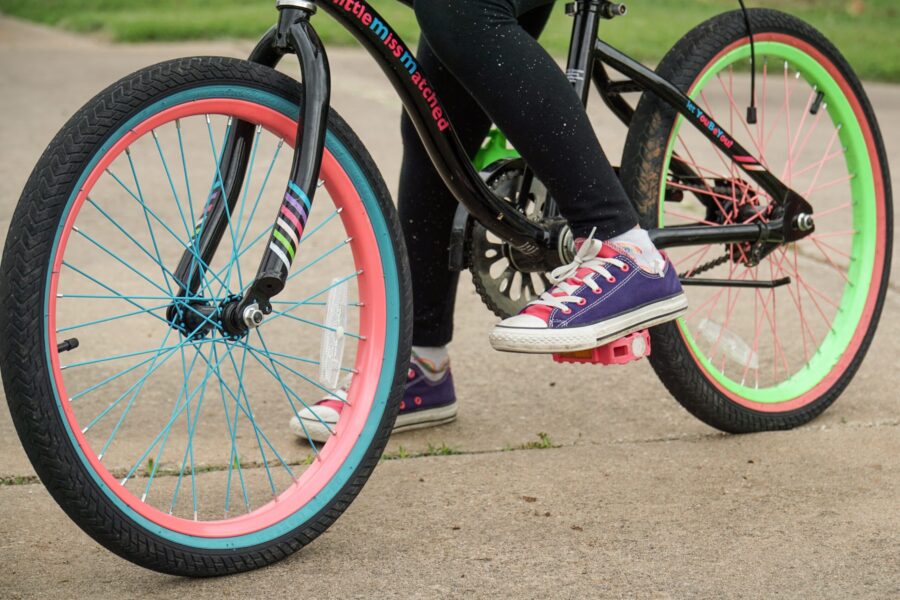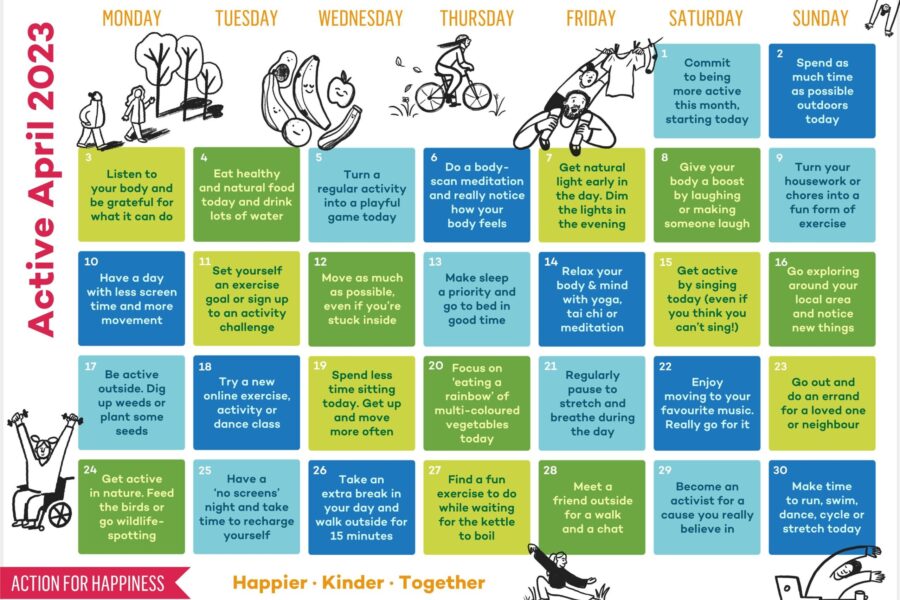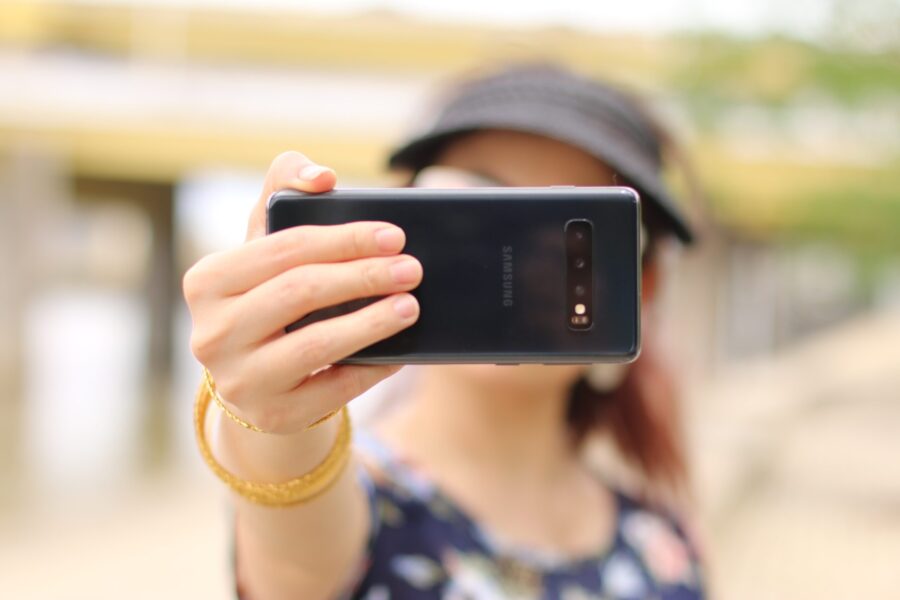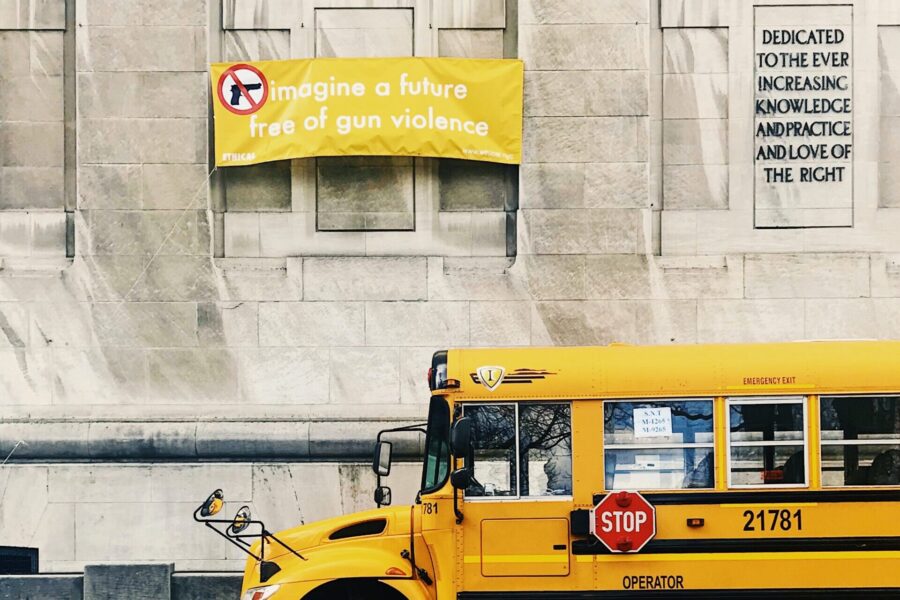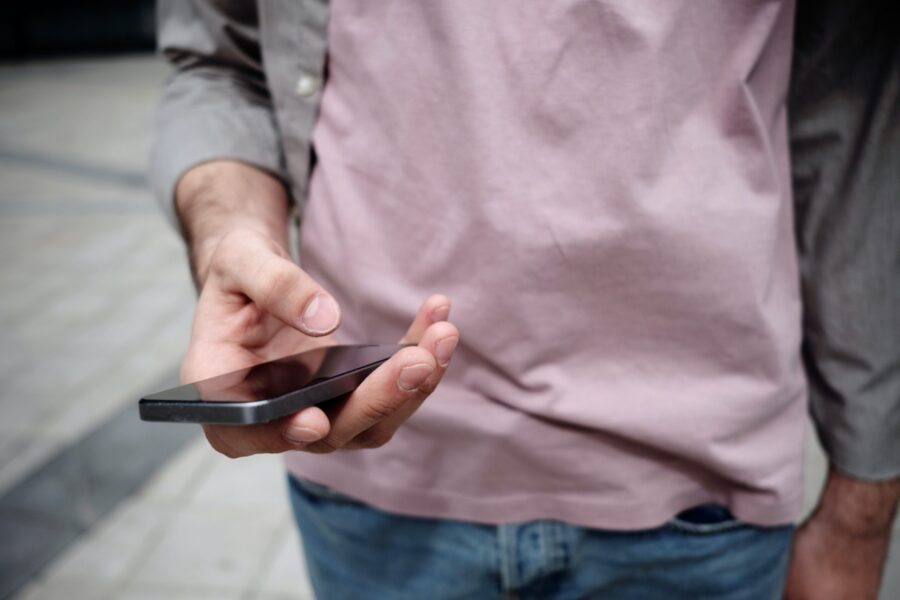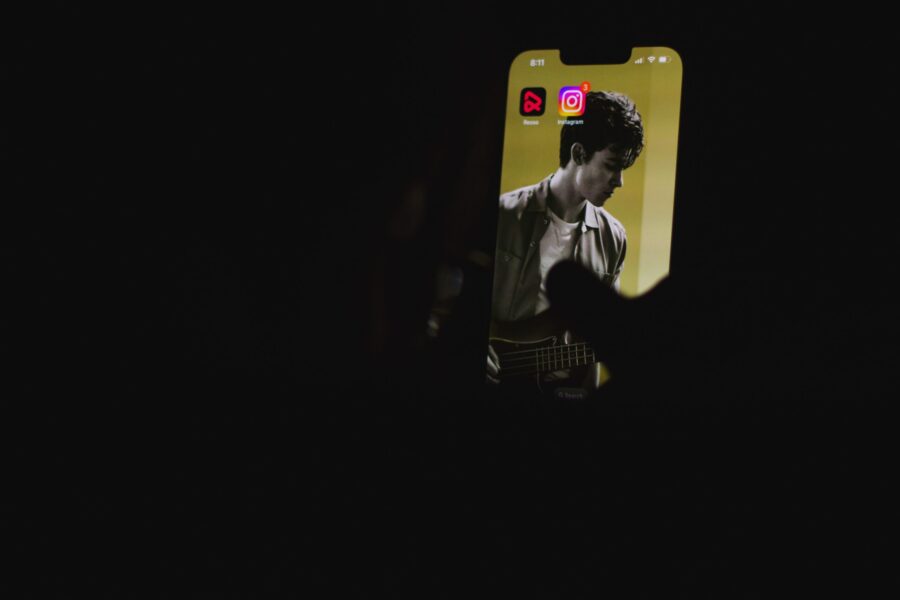‘A Wake-Up Call’: ADHD Medication Abuse in Schools
Due to a nationwide shortage of ADHD medication, for those who have the neurodevelopmental disorder, it’s been a difficult year. An added concern, CNN reports,
The Conversation Around Mental Health Is Changing
When John Fetterman checked himself into Walter Reid Medical Center to receive treatment for clinical depression, his aides weren’t sure how the public would respond,
Four Members of Congress Open Up About Mental Health
As John Fetterman returned to the Senate after five weeks of inpatient treatment for clinical depression, ABC News’ Brittany Shepherd sat down with four members
Thinking Outside the Box on Mental Health
In some Chicago libraries, now you can not only check out a book but talk to a therapist, CBS News reports. Instead of walking into
How Gun Violence Is Changing Parenting
Parents have always sought to protect their kids. Seat belts. Bike helmets. Using the crosswalk. As car accidents used to be the greatest killer of
Want to Feel Happier? Get Active This April
Why is exercise good for you? Besides strengthening your body, a host of research shows that moving has multiple benefits for your mental and emotional
What Is the “Selfie Effect”?
On his CNN podcast “Chasing Life,” Dr. Sanjay Gupta interviewed Dr. Keneisha Sinclair-McBride – licensed clinical psychologist at Boston Children’s Hospital and Assistant Professor of
What Mass Shootings Are Doing to Our Mental Health
Yesterday’s news about another school shooting, this time in Tennessee, was all too familiar. Mass shootings are taking a toll – not only on those
How Does Social Media Affect Teen Brains? (Let Us Count the Ways)
[vc_row equal_height="yes" content_placement="middle" row_content_width="grid" content_text_aligment="left" bg_type="bg_color" css=".vc_custom_1645301864559{margin-top: 25px !important;margin-bottom: 0px !important;padding-top: 0px !important;padding-right: 15px !important;padding-bottom: 0px !important;padding-left: 15px !important;}" bg_color_value="#fcfcfc"][vc_column width="2/3" css=".vc_custom_1645263000271{margin-top: 0px !important;margin-bottom: 0px !important;margin-left: 0px !important;padding-top: 0px !important;padding-bottom: 0px !important;padding-left: 0px !important;}"][vc_column_text]The newly-released CDC statistics are alarming. Almost 1 in 3 high school girls say they have seriously considered suicide in the past year. One in 5 teens identifying as LGBTQ+ report attempting suicide in that time. Between 2009 and 2019, teen depression rates doubled – before the pandemic. An outstanding NPR article by Cory Turner asks the big question: Why now? Mitch Prinstein, Ph.D., the chief science officer at the American Psychological Association, has thoughts about the role of social media in the teen mental health crisis, which he shared with the Senate Judiciary Committee in February. "Our brains, our bodies, and our society have been evolving together to shape human development for millennia. ... Within the last 20 years, the advent of portable technology and social media platforms [has been] changing what took 60,000 years to evolve," Prinstein said. "We are just beginning to understand how this may impact youth development." NPR's Turner has distilled Prinstein's 22-page testimony down to ten key takeaways.
- Social interaction is key to child growth and development.
- Social media platforms often promote the wrong kind of social interaction.
- Social media is not all bad.
- Adolescence is a "developmentally vulnerable period" when teens crave social rewards but lack the ability to restrain themselves.
- "Likes" make bad behavior look good.
- Social media can even make "psychologically disordered behavior" look good.
- Extreme social media use looks a lot like addiction.


